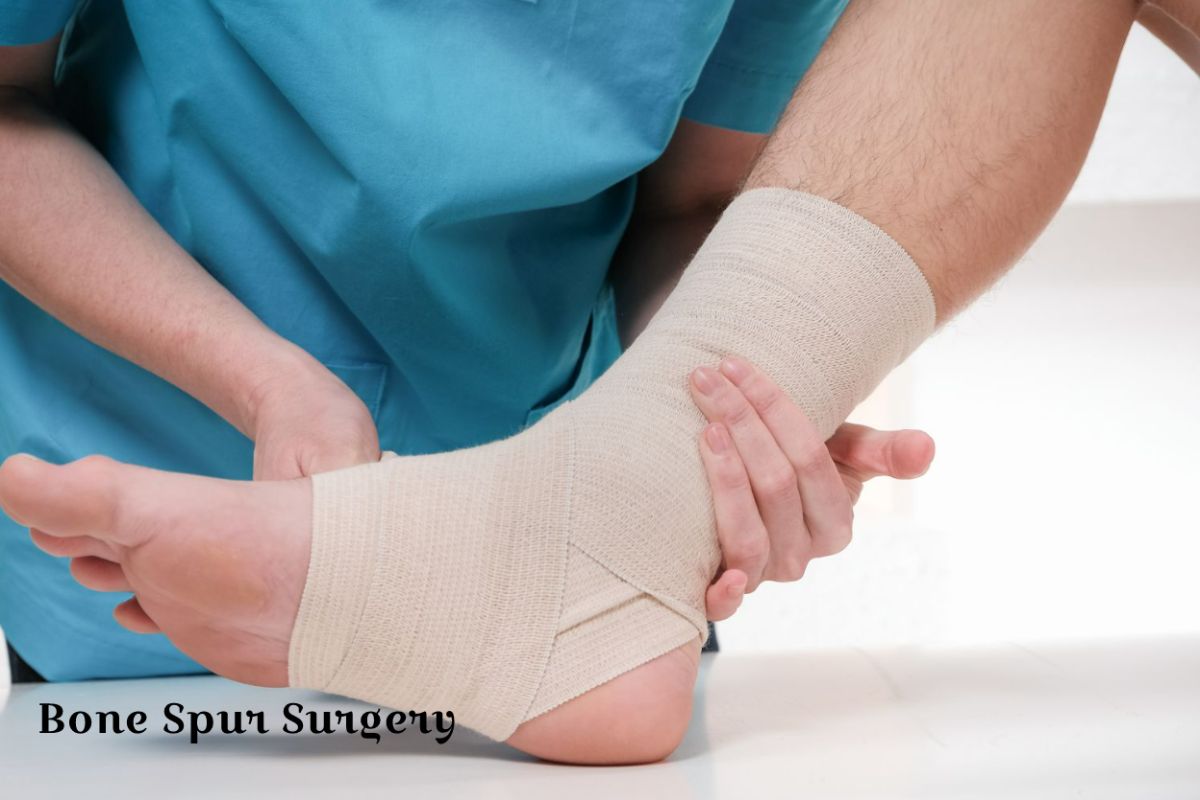If you suffer from a bone spur, you may wonder how to get rid of it. There are several reasons to consider surgery, including the fact that it will help you keep your range of motion. Also, it can help you get back to everyday life.
Table of Contents
Treatment Options For Bone Spurs
Several treatment options are available for bone spurs, including conservative care and surgery to remove bone spur on top of foot. The location and degree of pain are essential considerations in deciding the treatment method. A surgeon is the best option if the spurs are located in a joint. Otherwise, conservative care can help reduce the pain and inflammation.
Conservative treatment options can include physical therapy and anti-inflammatory medications. Physical therapy can free up the nerves irritated by bone spurs. Anti-inflammatory medications, such as corticosteroid injections, can also reduce inflammation and pain. In more severe cases, surgery may be necessary to remove the bone spurs and treat the pain.
A physician can perform a CT scan to detect bone spurs. This imaging test allows the doctor to examine the affected area and rule out other conditions. It can also diagnose broken bones, tumors, lesions, and blood clots. It can also reveal whether bone spurs are affecting the spinal nerve.
Symptoms Of A Bone Spur
A bone spur is a painful bump that forms in a bone. It causes pain, inflammation, and pressure on the spinal cord and other tissues. If left untreated, bone spurs can cause numbness or weakness in the legs. A physician can diagnose bone spurs through X-rays or imaging tests.
Treatments for bone spurs often include physical therapy, steroid injections, or pain medications. These treatments will relieve the pain and allow a person to resume normal activities. Some patients may also opt for over-the-counter pain medication. In some cases, surgery may be necessary to remove the bone spur.
Surgery to remove bone spurs is a smooth, minimally invasive procedure. The recovery time depends on how big the spur is and whether it has impacted nearby nerves. Minor to moderate nerve compression can cause numbness, tingling, or radiating pain. More severe nerve compression may cause muscle weakness, poor flexibility, and poor coordination. The most severe cases may lead to incontinence and paralysis.
Procedures For Removing A Bone Spur
A bone spur is a small projection of bone that develops along the edge of a bone. These growths can be painful and cause inflammation of nearby nerves and soft tissues. A medical professional may recommend a procedure to remove a bone spur to relieve pain. A doctor can diagnose a bone spur by looking at the symptoms and using imaging tests to determine if there is a problem.
Many factors can cause bone spurs. These include repetitive pressure, rubbing, or stress on a joint. They can also develop as a result of genetics. Often, these growths develop on the heel or top of a foot. They can also cause numbness and tingling in the affected area.
Surgical procedures may be necessary if the bone spur puts pressure on the spinal cord and nerve roots. Laminectomy is one surgical procedure to remove the bone spur and open the spinal canal. An incision does the procedure in the middle of the back.
Recovery Time From A Bone Spur Surgery
The recovery time after bone spur surgery varies based on the type of procedure performed. Patients who undergo spinal decompression for bone spurs usually recover in two to six weeks. After this time, patients can resume light physical activity. However, those who undergo spinal fusion with decompression may require several months to recover fully.
Bone spurs on the spine can cause severe pain and discomfort. This surgical procedure can eliminate bone spurs in the spine and provide a pain-free, smooth recovery. Patients may experience pain after the surgery, which can range from mild to severe. However, a doctor will help patients deal with this pain. After the surgery, some people may experience burning, tingling, or “pins and needles” sensations.
Bone spurs can occur in any part of the body and can affect your ability to move. Treatment options vary depending on the location of the bone spur, the symptoms, and the patient’s condition. If a bone spur is causing you to experience pain, conservative treatments such as lifestyle readjustments are often the best option. However, if bone spur pain persists, your doctor may recommend a surgical procedure to remove the bo-ne spur.

